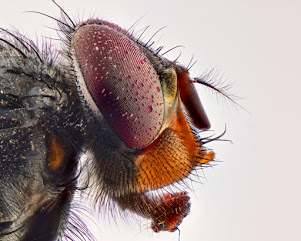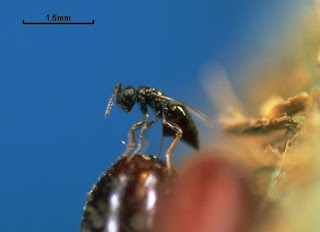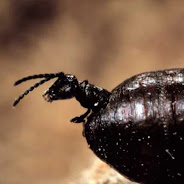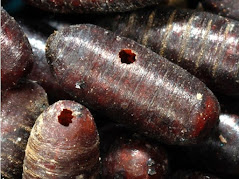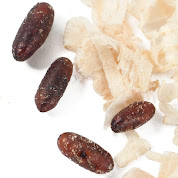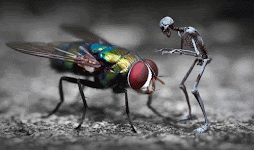The plight of animals in a war zone is not just heart-breaking and deeply sad, the violence puts aid workers in constant risk. Thankfully, there are many brave souls who are not deterred and are going over and above to save animals in ways big and small. We encourage everyone to support the International Fund for Animals in their work in Ukraine. They have been working on the ground in Ukraine since the Russian invasion of 2014 and currently have a Disaster Response Team on the Ukrainian-Polish border. They aid refugees and their pets, source supplies for animal shelters, facilitate animal rescues from zoos and wildlife parks when possible, and so much more. One entity the Disaster Response Team granted money and supplies to is the Ukrainian Bat Rehabilitation Center at the Ukrainian Independent Ecology in Kharkiv. For 20 years the dedicated researchers there have been studying the local bat population; but during this war-torn spring, as the shelling increased around them, the conservationists were forced to leave their hibernating bats behind in bat-boxes. Amazingly, when the team was able to make it back to check on them, the furry little mammals had remained largely untouched by the war around them. Here’s their account of war-time bat conservation and the happy but harrowing ending to this chapter. For more links to what more emergencies that IFAW is responding to, check out the links on this page.
Although we are looking outside our community this year, we want to reinforce our admiration and gratitude to those agencies we have donated to on past Earth Days. Their work and the needs they address are as important now as they’ve ever been: Center for Biological Diversity, Desert Survivors, Community Food Bank of Southern Arizona and the Sonoran Institute.







